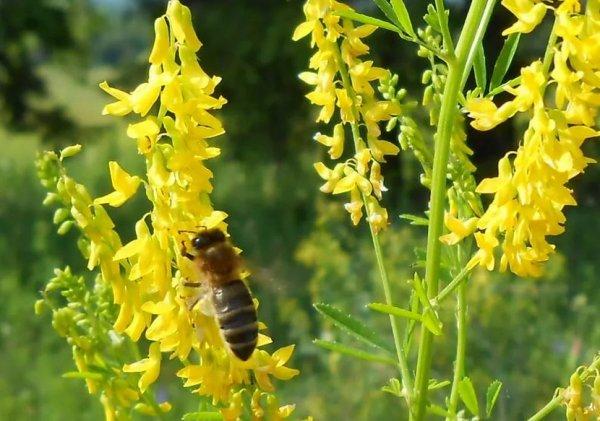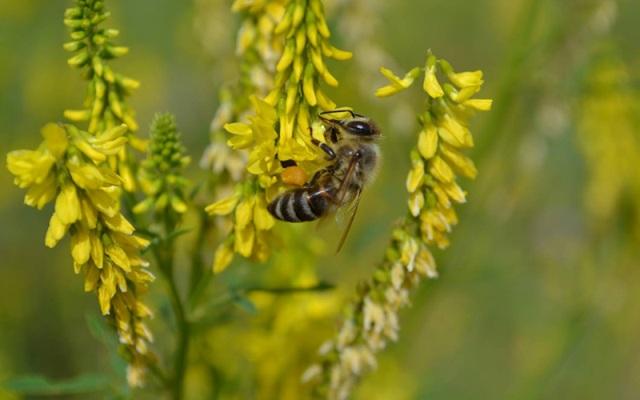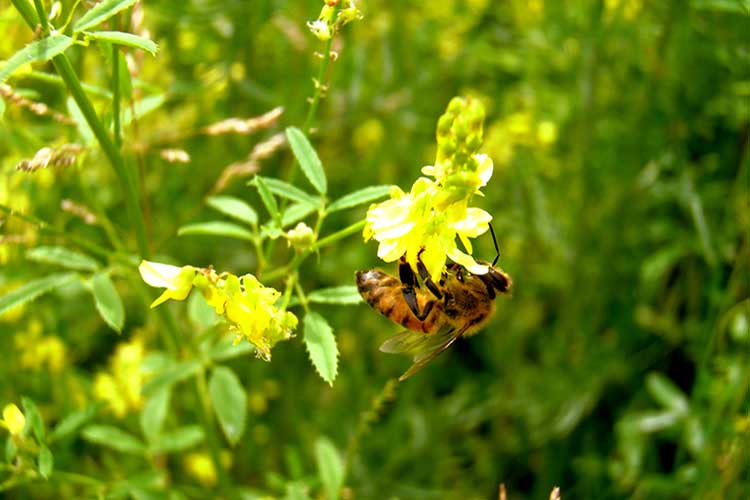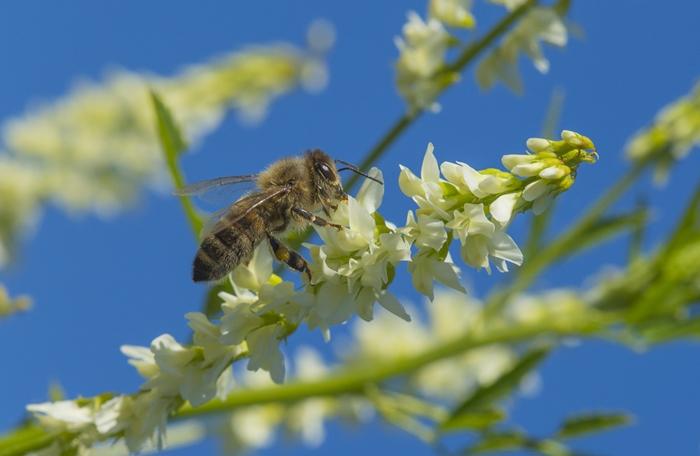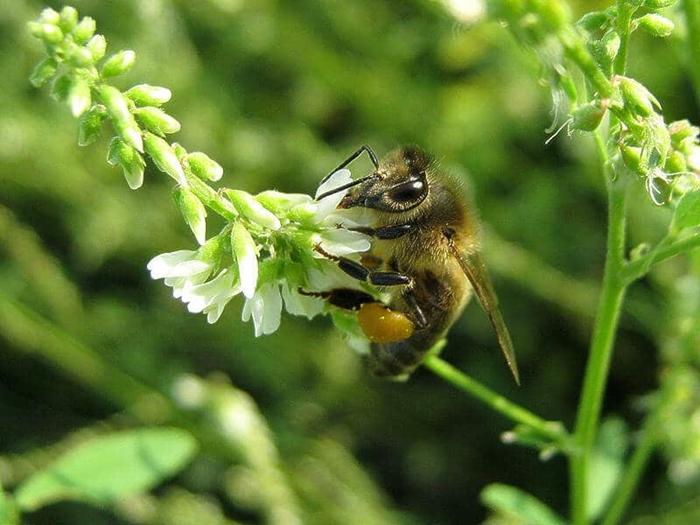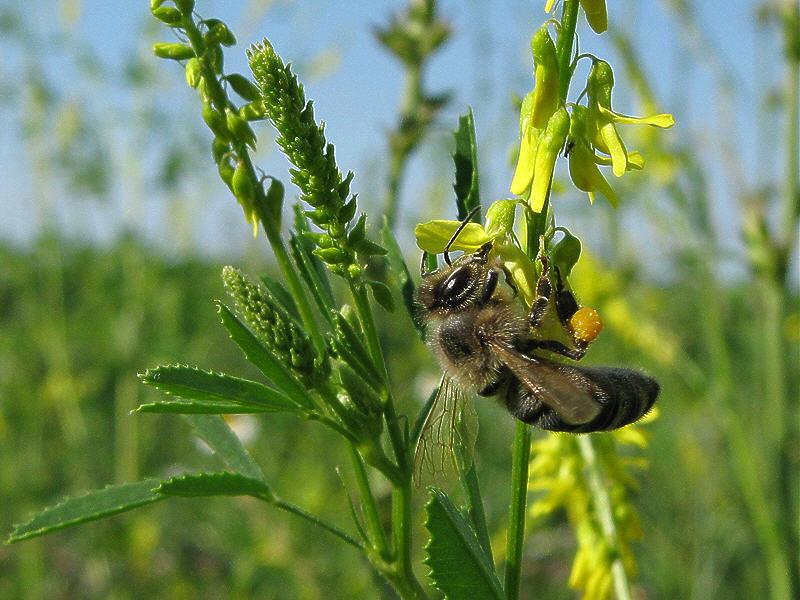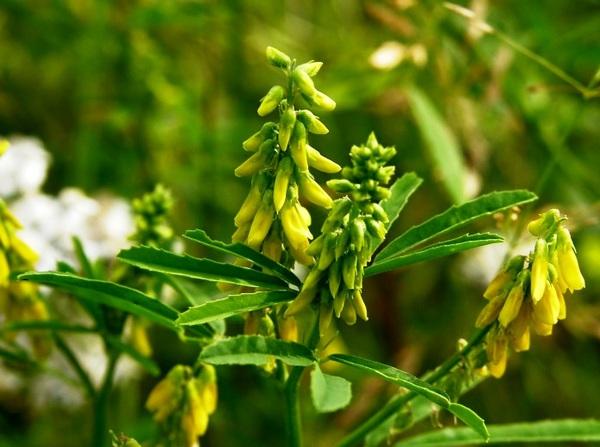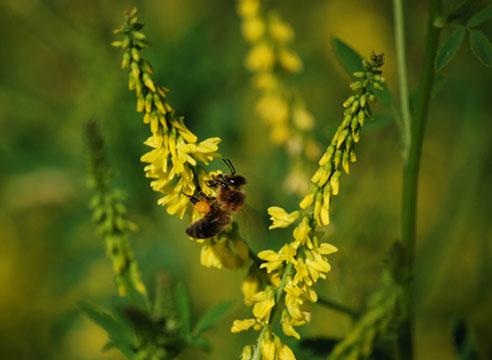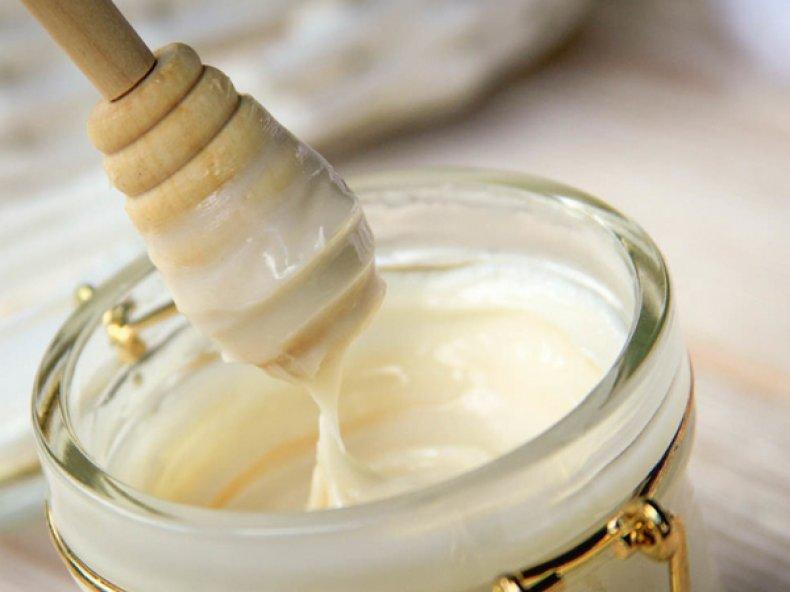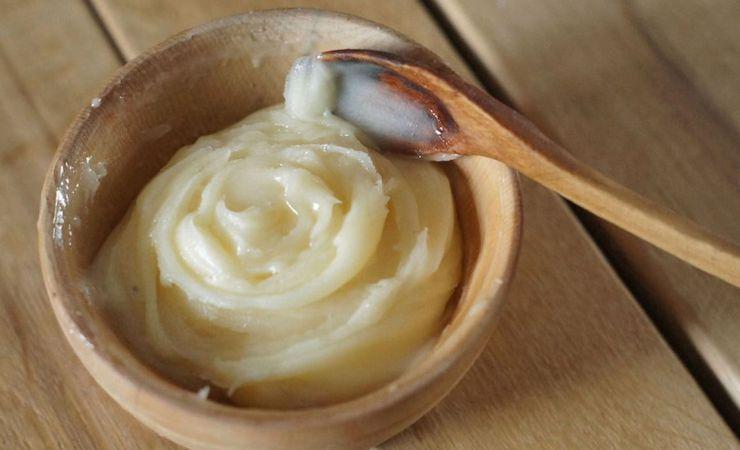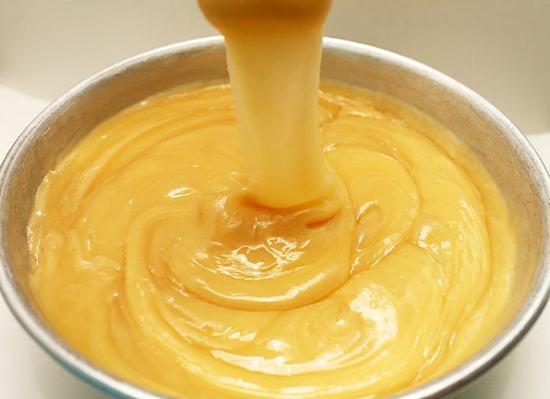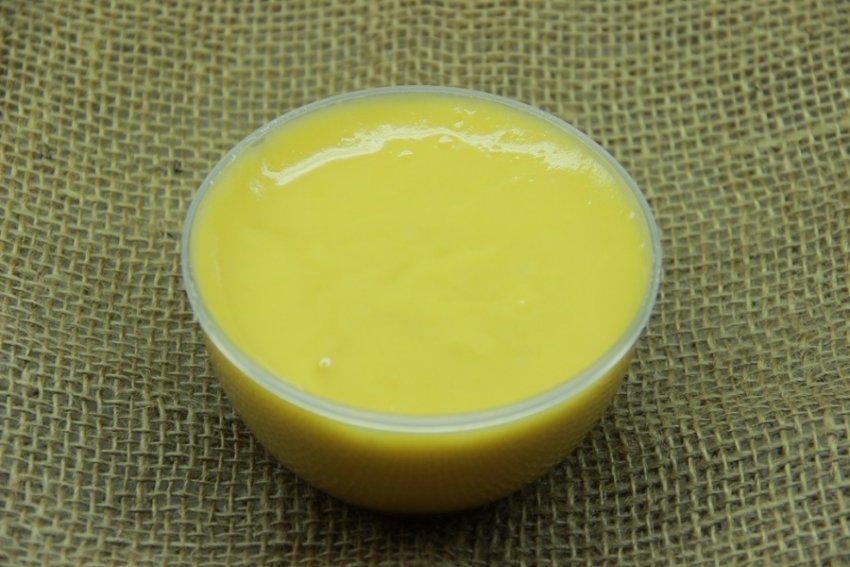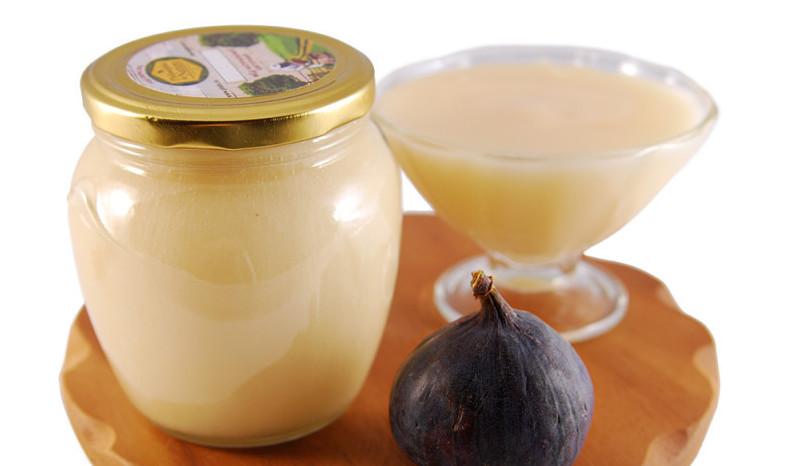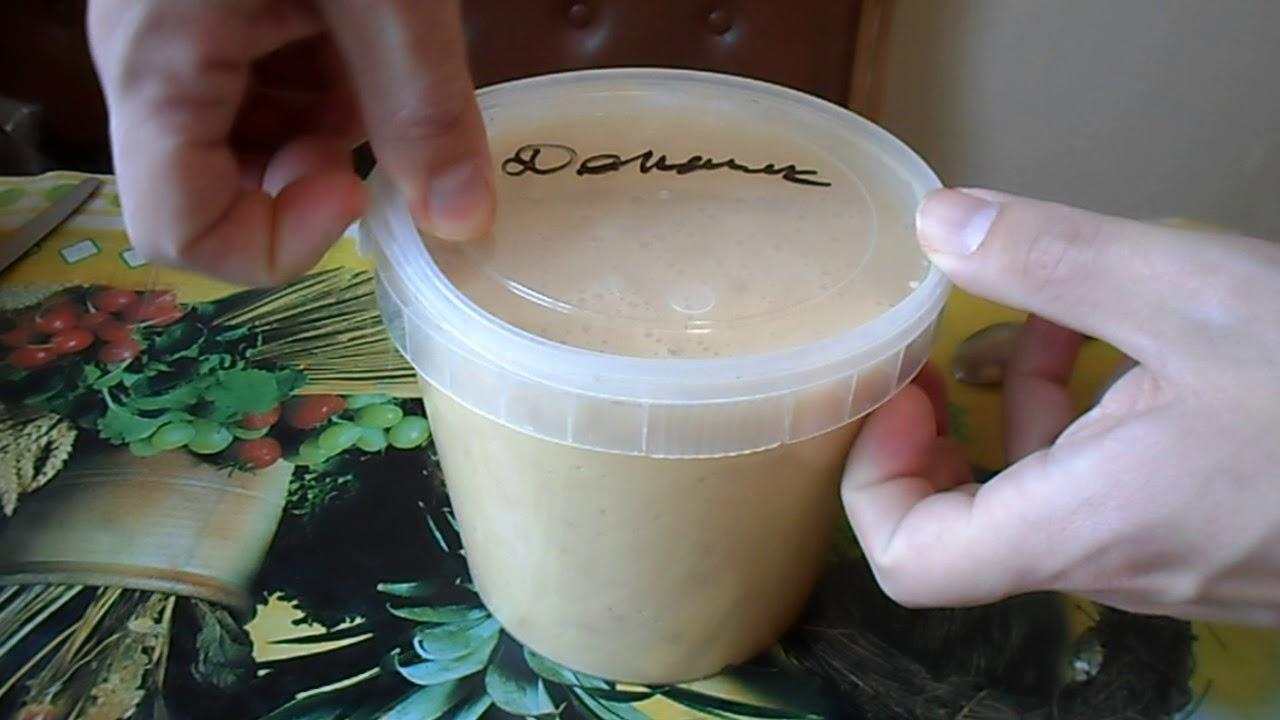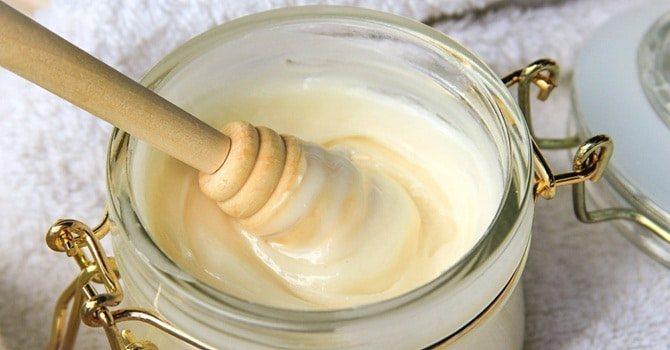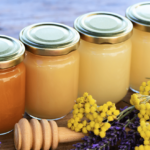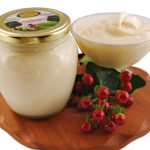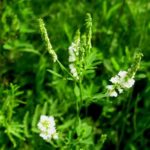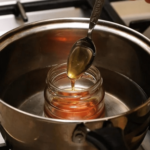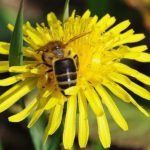Sweet clover is a medicinal plant that has long been known in folk medicine. The grass is also used in other areas: agriculture as green manure, for feeding domestic animals, as well as for many other purposes. Sweet clover is also known as a honey plant, providing bees with pollen, from which one of the most valuable types of honey is obtained. Therefore, many beekeepers intentionally grow crops on their plots.
Appearance and distribution
Sweet clover belongs to the legume family, the moth family. More often it is a biennial herbaceous plant; less often, annual specimens can be found.The culture is popularly called wild buckwheat, Italian or bottom grass, burkun or burkunts.
The height of the sweet clover can reach 2 meters. The main stem is straight, strong, and numerous leaves emerge from it, crowned with teeth along the edges. The flowers are bright yellow in color, miniature in size and attached to short stalks. They often form long compact brushes, sometimes reaching 0.8 meters in length.
The honey-bearing area itself is located at the base of the corolla. The plant produces small fruits – less than 4 centimeters. Their ripening period is in August.
Initially, sweet clover grew only in the outbacks of Asia and Europe. But then it expanded its habitat; it began to be found in Great Britain, America, and New Zealand. Now the crop is found everywhere, it is not considered a scarce honey plant. Place of growth - meadows, fields, wastelands, quarry areas.
Types of sweet clover
The main varieties of the crop are white and yellow sweet clover. Each of them has subspecies that can also act as honey plants. Also known is the annual burkun, which is considered a rich source of nectar for bees.
White
White clover is an annual or biennial plant, reaching a height of 30 to 150 centimeters. The stem is tall, the leaves are compound, trifoliate.
The flowers are small and white. They have a pleasant aroma and produce a lot of pollen and nectar. The flowering period of white sweet clover begins in the second half of June. The culture is widespread in the Ryazan region. The flowering period lasts 45-50 days.
Yellow
Yellow clover is a biennial herbaceous plant whose height ranges from 1.5 to 2 meters. The stem is branched and dense.The flowers are yellow, collected in long, narrow racemes, each containing from 30 to 70 flowers.
As a honey plant, yellow sweet clover is valued for its early flowering period. It begins to secrete nectar 1-3 weeks earlier than the white burkun, but it all depends on the region of its growth.
Annual
In Russia, annual sweet clover is considered a relatively new honey plant. It was bred by American breeders and is characterized by:
- the beginning of flowering immediately after sowing (and not the next year, like the varieties described above);
- higher honey productivity compared to previously considered plant species;
- drought resistance.
The culture grows to 1.8-2.5 meters in height. The flowers are white, bisexual, drooping, and have an irregular shape. They are placed on short peduncles, forming beautiful inflorescences. They form and bloom 2-2.5 months after sowing the crop.
Sowing and caring for crops
Sweet clover is unpretentious to the soil, but it is not recommended to sow it in acidic or waterlogged soil. Before starting sowing work, you should carefully dig up the soil and loosen it. Fertilizers are applied under digging: just mix 50 grams of superphosphate and 20 grams of potassium salt with the substrate.
On a note! Burkun grains are hard, so they are difficult to germinate.
To speed up this process, experts recommend cutting each seed before placing it in the soil.
It is better to sow in April. The grains are laid out in pre-made grooves at a distance of 50 centimeters from each other. Cover the crops with a small layer of soil and water well.
The plant tolerates heat resistantly and does not require special care. It is enough just to water it regularly, without allowing the top soil layer to dry out completely.With such simple care, the first shoots of the crop will appear within 3 weeks.
Sweet clover honey
Sweet clover is a plant that is generously saturated with beneficial substances in the form of vitamins, minerals, amino acids, and antioxidants. It also contains phytohormones, phytoncides and other important elements. Therefore, honey from Burkunts nectar is the most valuable beekeeping product. And due to the action of bee enzymes, it receives additional beneficial properties.
Sweet clover honey has a refined aroma, reminiscent of the aroma of freshly cut hay. It is distinguished by its white color with a greenish or amber tint. The taste is soft, sweet, pleasant, in the aftertaste there is a slight bitterness, vaguely reminiscent of vanilla.
Honey productivity
Burkun is in demand among beekeepers and is often deliberately grown by them due to its impressive honey production. It depends on the type of crop, but rarely falls below 200 kilograms of honey collected from 1 hectare throughout the entire period of time while the honey crop is in bloom.
A brief comparative table of honey productivity of previously considered sweet clover varieties:
| № | Sweet clover variety | Honey productivity |
| 1 | White | 200 kilograms per hectare |
| 2 | Yellow | From 140 to 230 kilograms per hectare |
| 3 | Annual | From 300 to 800 kilograms per hectare |
Annual sweet clover provides the largest amount of raw material for further processing by bees. Moreover, its cultivation does not require the creation of any special conditions.Although it is an artificially bred variety of honey plant, it is as easy to grow as the white or yellow burkun.
Benefit
Sweet clover honey receives all the beneficial properties that the honey plant itself is endowed with. The product is used for the following purposes:
- prevention or treatment of colds, ARVI, influenza;
- eliminate sore throat;
- strengthening the immune system;
- combating pain;
- normalization of sleep;
- eliminating nervous disorders;
- metabolism stabilization;
- increasing the body's energy reserves;
- enhancing the production of breast milk in nursing mothers (it is recommended to consume 10 milliliters of honey daily after meals);
- liquefaction and removal of viscous sputum from the bronchi in diseases of the respiratory tract;
- stabilization of blood pressure: the beekeeping product will be especially useful during attacks of arterial hypotension;
- accelerating the maturation and spontaneous opening of abscesses: felon, boil, carbuncle;
- stimulation of wound healing and regenerating processes in the dermal layers.
A huge advantage of the product is the absence of contraindications for its use in overweight people. The sweetness is also approved for use during pregnancy, lactation and in children over 3 years of age.
Sweet clover honey is also added to all kinds of cosmetic products made by women at home. The sweet substance can rejuvenate, tighten the skin, cleanse pores, and stimulate the processes of resorption of scars and scars.
Truly, sweet clover honey is a unique gift of nature. However, like a honey plant, which provides raw materials for obtaining such a valuable beekeeping product.

